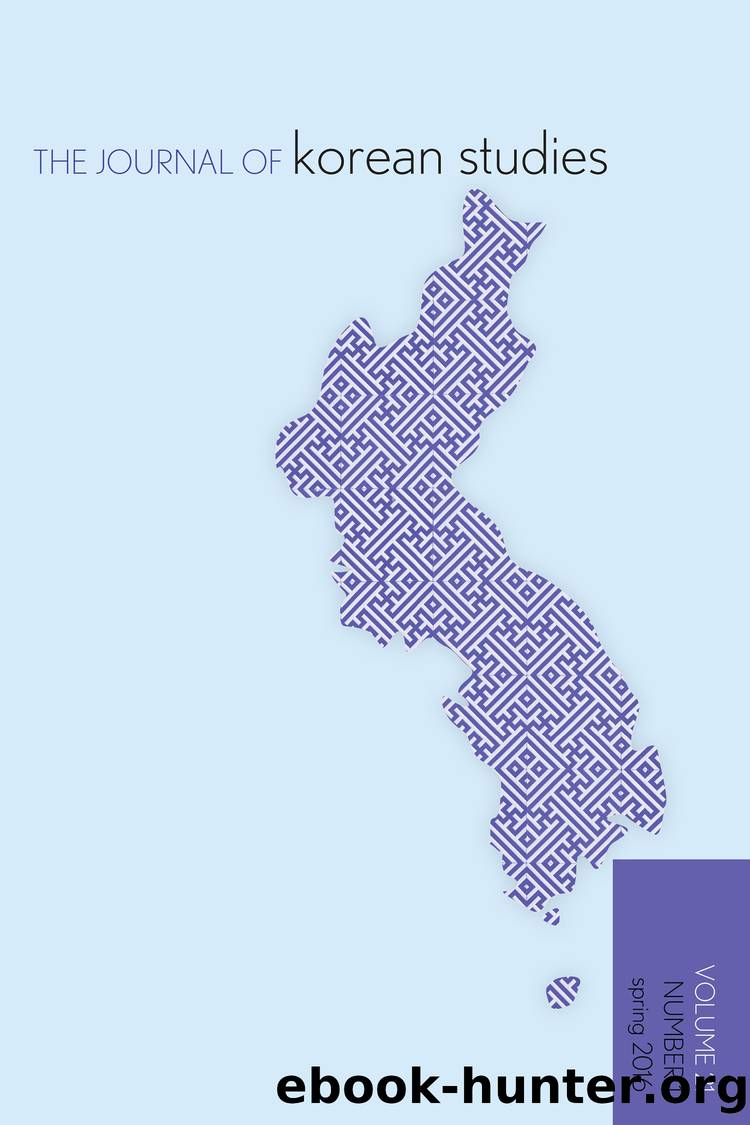From Celibate Catholic Priest to Married Protestant Minister by Fichter Stephen Joseph;

Author:Fichter, Stephen Joseph; [Fichter, Stephen J.]
Language: eng
Format: epub
Publisher: Lexington Books/Fortress Academic
Published: 2015-08-15T00:00:00+00:00
Chapter Ten
Four Forerunners in the Field
Before summarizing the findings of the four most prolific sociologists of clerical celibacy, it is important to recall the ecclesial context of the last five decades, known as the post-Vatican II era. This period, which represents 2 percent of the Churchâs two thousand-year history, began with an unprecedented, massive, worldwide exodus of priests from celibacy into marriage. According to statistics compiled by the Center for Applied Research in the Apostolate (CARA), there were 58,632 Catholic priests serving in the United States in 1965 and only 38,275 in 2014. Besides the demoralizing effects that this dwindling of the ranks by 35 percent has had on the priests who remain, it has also translated into more work per individual priest since during that same timeframe the number of Catholics in America rose 43 percent, from 46.3 million to 66.6 million, due in large part to immigration. The resultant ratio of priests to lay people rose dramatically by 120 percent from one for every 790 to one for every 1,740.
Although my research focuses on the experience of the Catholic Church in the United States, Froehle and Gautier (2003) detected a similar pattern worldwide. In 1950 there were 1,203 Catholics per priest; by the year 2000 that number had increased by 114 percent to 2,579. The reason for the global ratios being higher than North American levels is due to the even more severe clergy shortage in Asia, Africa, and Latin America where the ratios are often in the range of 6,000â8,000 to one. For decades, millions of Catholics in developing nations have grown accustomed to not being able to attend Mass on a weekly basis. In some villages, a priest can only visit a few times a year. Oddly enough, it is often those countries, with much more critical situations, which now supply priests to the United States. Jesuit priest George Wilson (2006) questions not only the morality of this policy adopted by many American dioceses in which the personnel resources of poor countries are exhausted in favor of rich nations but also whether such a âBand-Aid approachâ diverts attention away from seeking long-term solutions to the vocation crisis. During the same period that the Catholic Church was facing a situation of âfull pews and empty altarsâ (Schoenherr and Young 1993), Protestant churches were dealing with the inverse problem of dwindling congregations shepherded by a surfeit of ministers (Hoge 2005).
Because research on this specific subset of former Catholic priests who entered Protestant ministry has not been conducted, it will be necessary to see them as part of the larger group of resigned Catholic priests whom the sociologists Fichter, Greeley, Hoge, and Schoenherr have studied over the years. All four of these prominent men in the field of Catholic clergy research are now deceased. Fichter died at eighty-six years of age in 1994, Schoenherr at sixty-one in 1996, Hoge at seventy-one in 2008, and Greeley at eighty-five in 2013. Fichter and Greeley remained Catholic priests their whole lives whereas Schoenherr, who had been ordained in 1962, resigned in 1972 in order to marry.
Download
This site does not store any files on its server. We only index and link to content provided by other sites. Please contact the content providers to delete copyright contents if any and email us, we'll remove relevant links or contents immediately.
| Clergy | Devotionals |
| Faith | Inspirational |
| Meditations | Monasticism & Asceticism |
| Prayer | Prayerbooks |
| Ritual | Sermons |
More Language of Letting Go: 366 New Daily Meditations by Melody Beattie(2850)
The Holy Spirit by Billy Graham(2777)
The Secret Power of Speaking God's Word by Joyce Meyer(2753)
To Light a Sacred Flame by Silver RavenWolf(2676)
Tuesdays With Morrie by Mitch Albom(2578)
The Lost Art of Good Conversation by Sakyong Mipham(2441)
The Traveler's Gift by Andy Andrews(2302)
Kundalini by Gopi Krishna(2093)
A Kingsbury Collection by Karen Kingsbury(2008)
Finding Chika by Mitch Albom(1883)
Angels of God: The Bible, the Church and the Heavenly Hosts by Mike Aquilina(1869)
Angels by Billy Graham(1844)
As a Man Thinketh by James Allen(1821)
Curse Tablets and Binding Spells from the Ancient World by Gager John G.;(1769)
The Yoga of Jesus: Understanding the Hidden Teachings of the Gospels by Paramahansa Yogananda(1751)
Autobiography of a Yogi (Complete Edition) by Yogananda Paramahansa(1738)
Barking to the Choir by Gregory Boyle(1729)
Anxious for Nothing by Max Lucado(1721)
How To Be Born Again by Billy Graham(1670)
